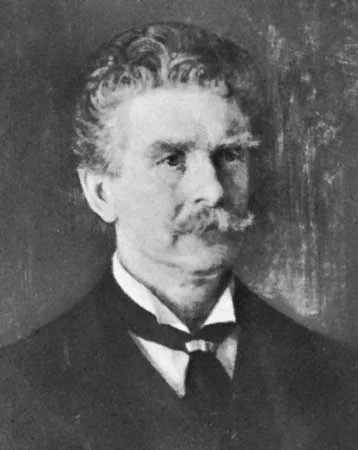
February 7
Yesterday, I spent some time reading about Ambrose Bierce, the influential 19th century American writer who turned himself into a man of mystery at the end of his life.
Bierce was born in Ohio, the tenth of thirteen children, and served in the Union army during the Civil War, drawing on his combat experiences to craft two lasting bits of prose—the classic, spooky short story “An Occurrence at Owl Creek Bridge” and the graphic war report “What I Saw of Shiloh.” After the war, he remained in the military as part of an expedition that inspected western military outposts. Ending up in California, he stayed on to become the editor of a string of San Francisco newspapers.
He also wrote The Devil’s Dictionary, a seminal catalog of misanthropic reflections—or some would call it realism—about the human condition. Among its list of definitions: “LAWYER (n.) one skilled in circumvention of the law.”
But what people today remember about Bierce is that in 1913, he disappeared into the Mexican revolution. In a final letter he wrote, “Good-bye. If you hear of my being stood up against a Mexican stone wall and shot to rags, please know that I think it is a pretty good way to depart this life. It beats old age, disease, or falling down the cellar stairs.” And then he was never heard from again. Some say he was executed by Pancho Villa—others know better than to speculate.
Like B. Traven, Bierce makes us wish we could turn ourselves into men of mystery. Problem for most of us is, if we went to the trouble to disappear, few would notice. At least Traven wrote The Treasure of the Sierra Madre, a classic exploration of how desperate circumstances spawn greed, paranoia, and betrayal. His novels and stories about life and rebellion in Mexico (The General from the Jungle, say, or The Rebellion of the Hanged) are mostly too grim to bear.
